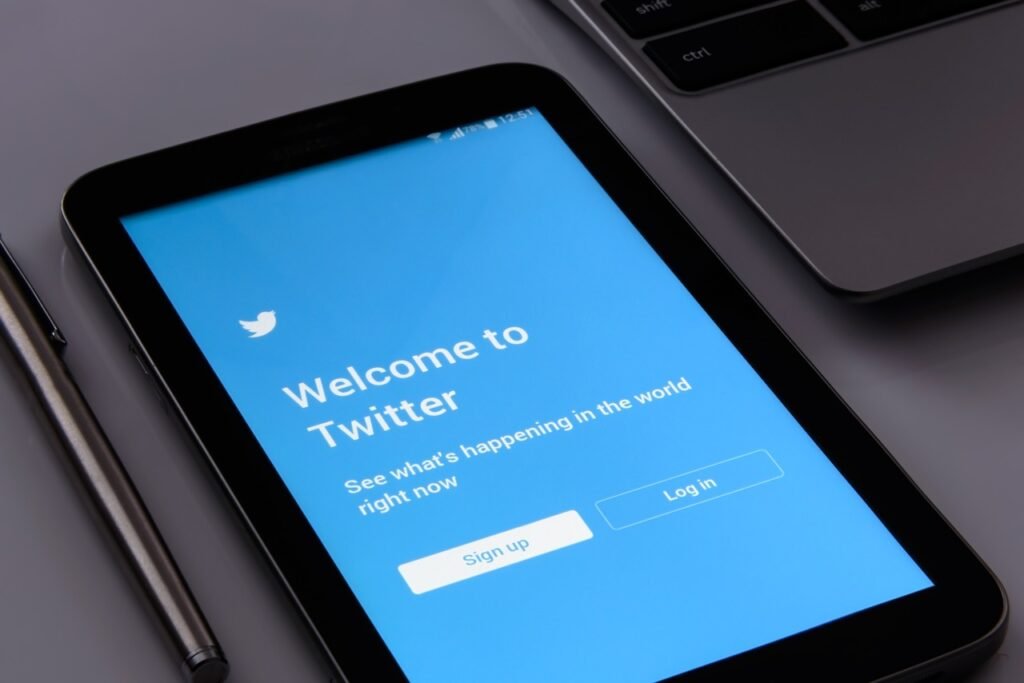In the ever-evolving landscape of social media, few platforms have left as indelible a mark as Twitter. From its humble beginnings to becoming a global cultural phenomenon, the history of Twitter is a tale of innovation, influence, and impact.
Founding and Early Years (2006-2007)
Twitter was founded in March 2006 by Jack Dorsey, Noah Glass, Biz Stone, and Evan Williams. Originally conceived as a microblogging platform, Twitter allowed users to post short, 140-character messages known as “tweets.” The platform was officially launched to the public in July 2006.
In its early days, Twitter struggled to gain traction, with only a small user base consisting mainly of tech enthusiasts and early adopters. However, as its user interface improved and word-of-mouth spread, Twitter began to gain popularity.
Mainstream Adoption (2008-2010)
Twitter’s breakthrough came at the South by Southwest (SXSW) conference in 2007. The platform’s real-time communication capabilities proved invaluable during the event, as attendees used Twitter to share updates and coordinate activities. This event marked the beginning of Twitter’s mainstream adoption.
Throughout 2008 and 2009, Twitter experienced exponential growth, attracting users from diverse backgrounds, including celebrities, journalists, and politicians. The platform became a hub for breaking news, live events, and conversations on a wide range of topics.
Twitter’s influence on popular culture became evident during significant events such as the 2008 U.S. presidential election and the Arab Spring uprisings of 2010-2011. Politicians, activists, and citizens alike turned to Twitter to share information, organize protests, and mobilize support.
Expansion and Innovation (2011-2015)
As Twitter continued to grow, the company introduced several features and innovations to enhance the user experience. In 2011, Twitter launched its own URL shortener, t.co, to reduce the character count of links in tweets. The platform also introduced the “Discover” tab, which provided users with personalized recommendations based on their interests and activity.
One of the most significant changes came in 2013 when Twitter replaced its 140-character limit with a 280-character limit, allowing users to express themselves more fully. This move was met with mixed reactions but ultimately expanded the platform’s flexibility and utility.
Twitter also made strategic acquisitions during this period, including the purchase of Vine, a short-form video platform, in 2012. Although Vine was later shut down in 2017, its influence on the social media landscape was profound, paving the way for the rise of platforms like TikTok.
Challenges and Growth (2016-2021)
In recent years, Twitter has faced several challenges, including issues related to user safety, harassment, and the spread of misinformation. The platform has implemented various measures to address these concerns, such as improving reporting tools, enforcing stricter policies, and introducing new features like tweet threading and conversation controls.
Despite these challenges, Twitter’s influence and relevance remain undiminished. The platform continues to be a vital tool for communication, activism, and networking, with millions of users worldwide.
In 2020, Twitter made headlines when it announced that employees could work from home indefinitely, reflecting a broader shift towards remote work in the wake of the COVID-19 pandemic. This move signaled Twitter’s commitment to flexibility and adaptability in the face of changing circumstances.
ACQUISITIONS AND CHANGE (2022-PRESENT)
2022 began like a normal year for Twitter as they looked to grow their user base and increase the number of advertisers on the platform. As the year went on, rumours began to circulate of Elon Musk the American Billionaire of South African Origin wanting to buy the platform. In October 2022, the billionaire did just that paying a whooping 44$ Billion for the platform. This came as a shock to many and created two sets of groups: Those who were optimistic about this new era and those who had reservations about the billionaire taking over the Platform.
Within the first few months of his reign as the new owner of the platform, Elon Musk made significant changes in the company that impacted how it was perceived and brought about much public debate. For starters, the billionaire changed the name of the platform from “Twitter” to “X” after his favourite letter of the alphabet.
In addition to other moves, Elon Musk has fired over 75% of Twitter’s current ‘X’ staff. As a result, thousands of people lost their employment, raising widespread concerns about how they would support themselves. Others questioned the necessity of the dismissed roles, noting that the platform continued to work normally and even more effectively, casting doubt on the former employees’ contributions. Although advertising and accompanying revenue have declined, Twitter’s outlook remains strong, with investments in new AI technologies promising to augment the platform with intriguing features.
Conclusion
The history of Twitter is a testament to the power of technology to connect people, spark conversations, and shape the world around us. What began as a simple microblogging platform has evolved into a global phenomenon, influencing everything from politics and culture to business and entertainment.
As Twitter enters its third decade, its legacy is secure, and its future is full of promise. With its commitment to innovation, inclusivity, and free expression, Twitter will undoubtedly remain a force to be reckoned with in the ever-changing landscape of social media.


